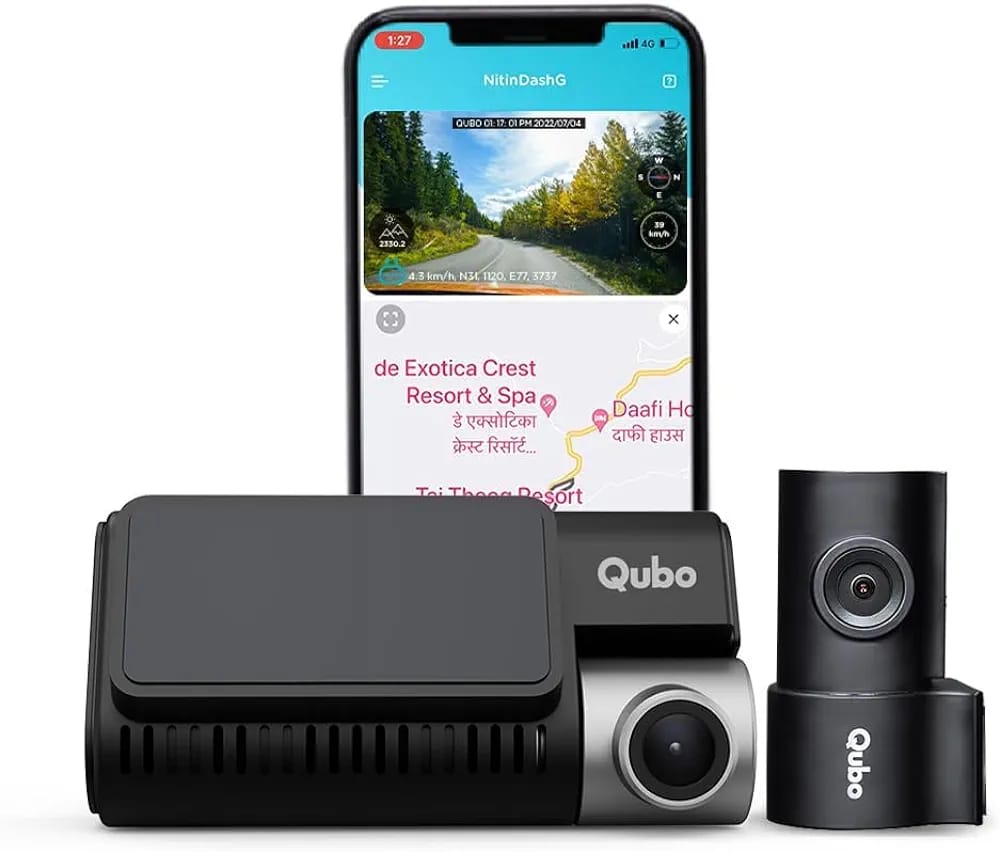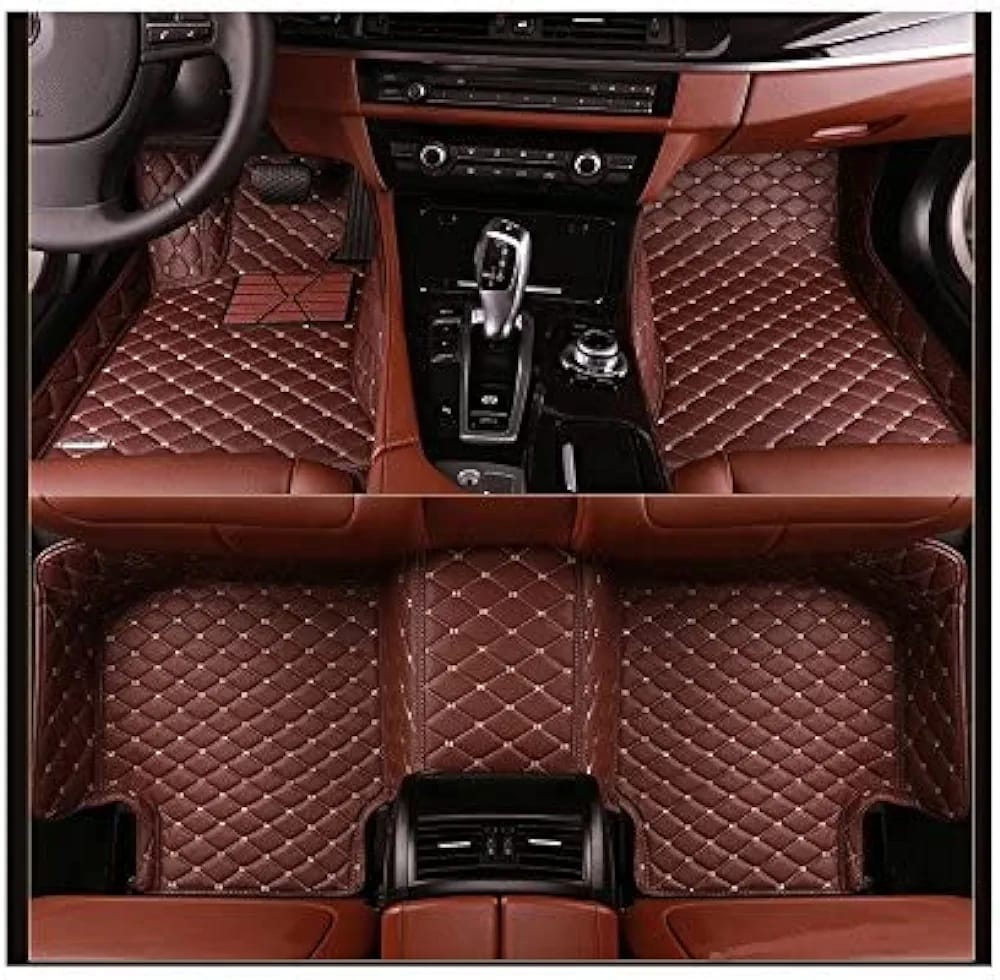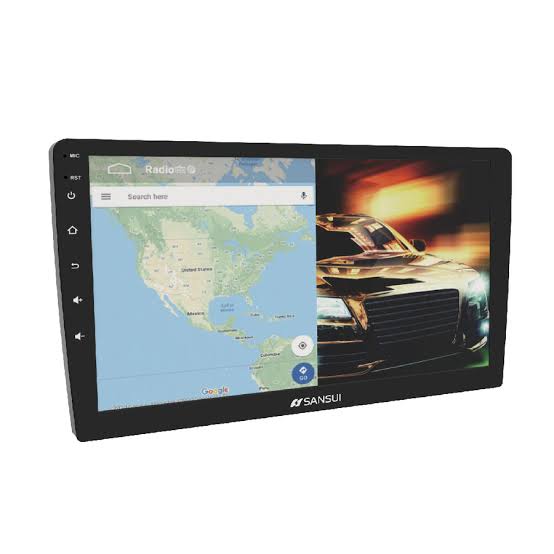When describing a car dashcam, it’s important to focus on its features, performance, and benefits. Below are detailed descriptions for different types of car dashcams: 1. Standard Front-Facing Dashcam A standard front-facing dashcam is a basic yet essential device for recording driving footage from the front of the vehicle. Video Quality: Captures high-definition video, typically at 1080p or higher, ensuring clear and detailed footage. This resolution allows for easy identification of license plates, road signs, and other important details. Wide-Angle Lens: Equipped with a wide-angle lens (usually between 120° to 170°) to cover a broad area in front of the vehicle. This ensures that the dashcam records not only the road ahead but also the surroundings, reducing blind spots. Loop Recording: Features continuous loop recording, automatically overwriting the oldest footage when the memory card is full. This ensures that the dashcam always has the most recent footage available. G-Sensor: Includes a built-in G-sensor that detects sudden impacts or movements. When triggered, the dashcam automatically locks and protects the recorded footage from being overwritten, preserving it for evidence. Night Vision: Equipped with infrared LEDs or a special low-light sensor to capture clear footage at night or in low-light conditions, ensuring 24/7 protection. Parking Mode: Offers a parking mode feature that records video even when the vehicle is parked. The dashcam will automatically start recording if it detects motion or impact, providing security when the car is unattended. Easy Installation: Typically mounts to the windshield using a suction cup or adhesive mount, with a simple plug-and-play setup using the vehicle's cigarette lighter or USB port. Storage: Compatible with microSD cards, usually supporting up to 64GB or 128GB, depending on the model. Some dashcams include cloud storage options for additional security. 2. Dual-Channel (Front and Rear) Dashcam A dual-channel dashcam records footage from both the front and rear of the vehicle, offering comprehensive coverage. Dual Cameras: Includes two cameras, one for the front and one for the rear of the vehicle. The front camera typically records in 1080p or 4K, while the rear camera captures video in 720p or 1080p. Wide-Angle Coverage: Both cameras feature wide-angle lenses to capture a broad field of view, ensuring that both the front and rear surroundings are well-covered. Seamless Recording: Records footage simultaneously from both cameras, with the video files stored separately or in a split-screen format for easy review. G-Sensor and Emergency Recording: Built-in G-sensor triggers emergency recording in case of sudden impact or collision, locking the footage from both cameras to prevent overwriting. Night Vision: Both front and rear cameras are equipped with night vision capabilities, ensuring clear recording in low-light conditions. Parking Mode: Offers parking surveillance with both cameras active, providing all-around protection when the vehicle is parked. Easy Installation: The front camera typically mounts to the windshield, while the rear camera can be attached to the rear windshield or outside the vehicle. The dashcam connects to the vehicle’s power supply, usually through the cigarette lighter or hardwiring for constant power. Storage: Supports microSD cards, usually up to 128GB, to store hours of footage from both cameras. Some models also offer cloud storage or Wi-Fi connectivity for easy access and backup. 3. 4K Ultra HD Dashcam A 4K Ultra HD dashcam offers the highest video resolution available, ensuring maximum clarity and detail in recordings. Ultra HD Video Quality: Records in 4K resolution (3840 x 2160), providing incredibly sharp and detailed video footage. This high resolution is ideal for capturing minute details like license plates, even from a distance. High Dynamic Range (HDR): Equipped with HDR technology to balance exposure in challenging lighting conditions, ensuring that both bright and dark areas are clearly visible in the footage. Wide-Angle Lens: Features a wide-angle lens, typically around 150° to 170°, providing a broad field of view without significant distortion. This ensures comprehensive coverage of the road ahead. Advanced Night Vision: Utilizes advanced low-light sensors and HDR technology to deliver clear footage even in complete darkness or during nighttime driving. G-Sensor and Emergency Locking: Includes a G-sensor that detects impacts and automatically locks the recording to prevent it from being overwritten. This is crucial for preserving evidence in case of an accident. Parking Mode: Offers a parking surveillance mode with motion detection, automatically recording when movement is detected near the vehicle. Some models also feature time-lapse recording in parking mode to conserve storage space. Wi-Fi and GPS Connectivity:


